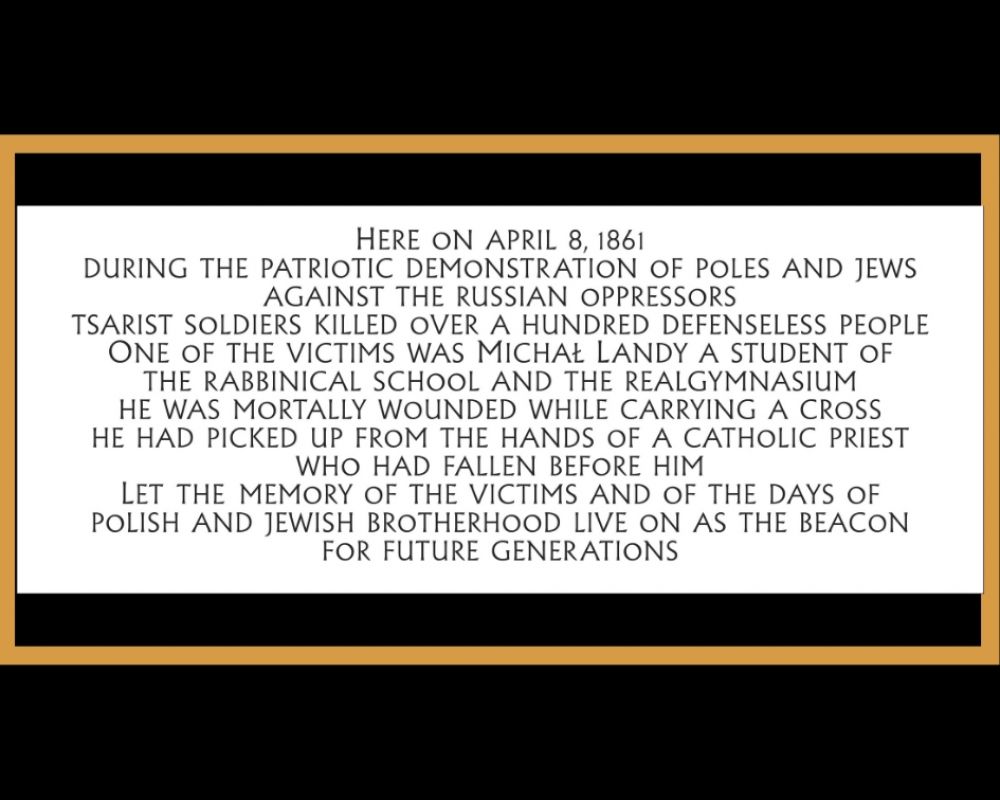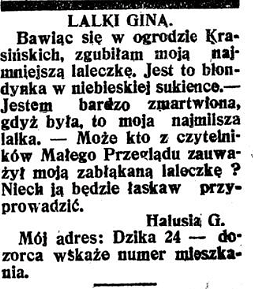- News
- Events
- Oneg Shabbat
- Collections
- Research
- Exhibitions
- Education
- Publishing Department
- Genealogy
- About the Institute
- Bookstore


Michał Landy was born on 25 January 1844 in Warsaw. He was a student of the Real Gymnasium and the Warsaw Rabbi School.
On 8 April 1861, a funeral of Siberian deportee Ksawery Stobnicki was held. The event developed into a great patriotic manifestation attended by Poles and Jews at the Castle Square in Warsaw. It was bloodily suppressed by the Russians – dozens of innocent people had been killed, which made history as an act of martyrdom and solidarity between both nations in the face of Tsarist oppression of their homeland.
17-year old Michał Landy was participating in the demonstration. He was in the front of the march and was shot in the moment when he was carrying a cross dropped by a monk beaten with rifle butts. The wounded boy was taken to Steinert’s pharmacy, and later carried by his father to St. Roch’s hospital. He died on 9 April. The funeral at the Jewish cemetery at Okopowa street was guarded by police.

The manifestation on 8 April 1861 paved the way to the January Uprising. The memory of brotherhood between Poles and Jews was commemorated by Cyprian Norwid in his poem, „Polish Jews”.
You! You are in Europe, you solemn
Jewish Nation – like a monument shattered in the East,
Its pieces spread around the world,
Each with an ancient hieroglyph inscribed —
The Northern man, upon meeting you
In a pine forest, discovers a reflection
of sunny homeland! Which once bathed in the waters of Nile,
like Moses, under an azure sky,
and says: „Great is the one who once was so high,
and fell so low, and stays silent like you”.
(...)
(Translated by Olga Drenda)
----------------------------------------
On 12 December, a plaque dedicated to Michał Landy was revealed at 89 Krakowskie Przedmieście street in Warsaw. The ceremony was attended by relatives of Michał Landy, representatives of the Ministry of Culture and National Heritage, members of the Michał Landy Social Committee and the Jewish Historical Institute.
The plaque was designed by architect and sculptor Tomasz Lec. The Polish text was written by Prof. Paweł Śpiewak, director of the Emanuel Ringelblum Jewish Historical Institute. The plaque was funded by the Ministry of Culture and National Heritage.